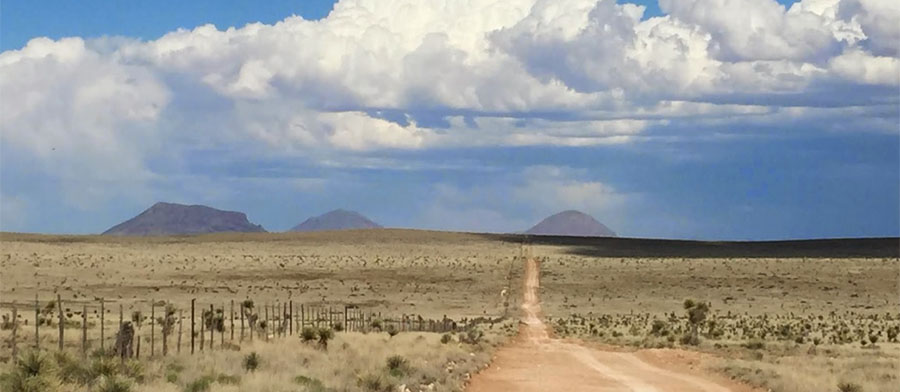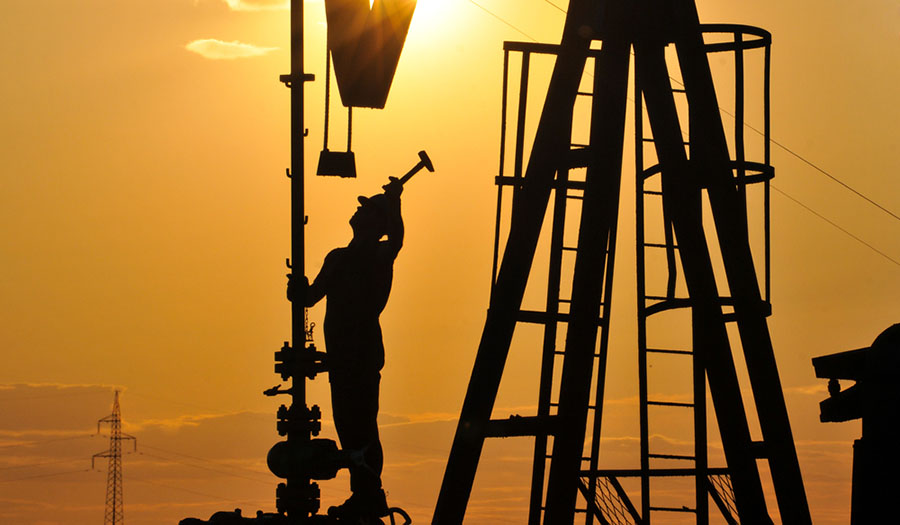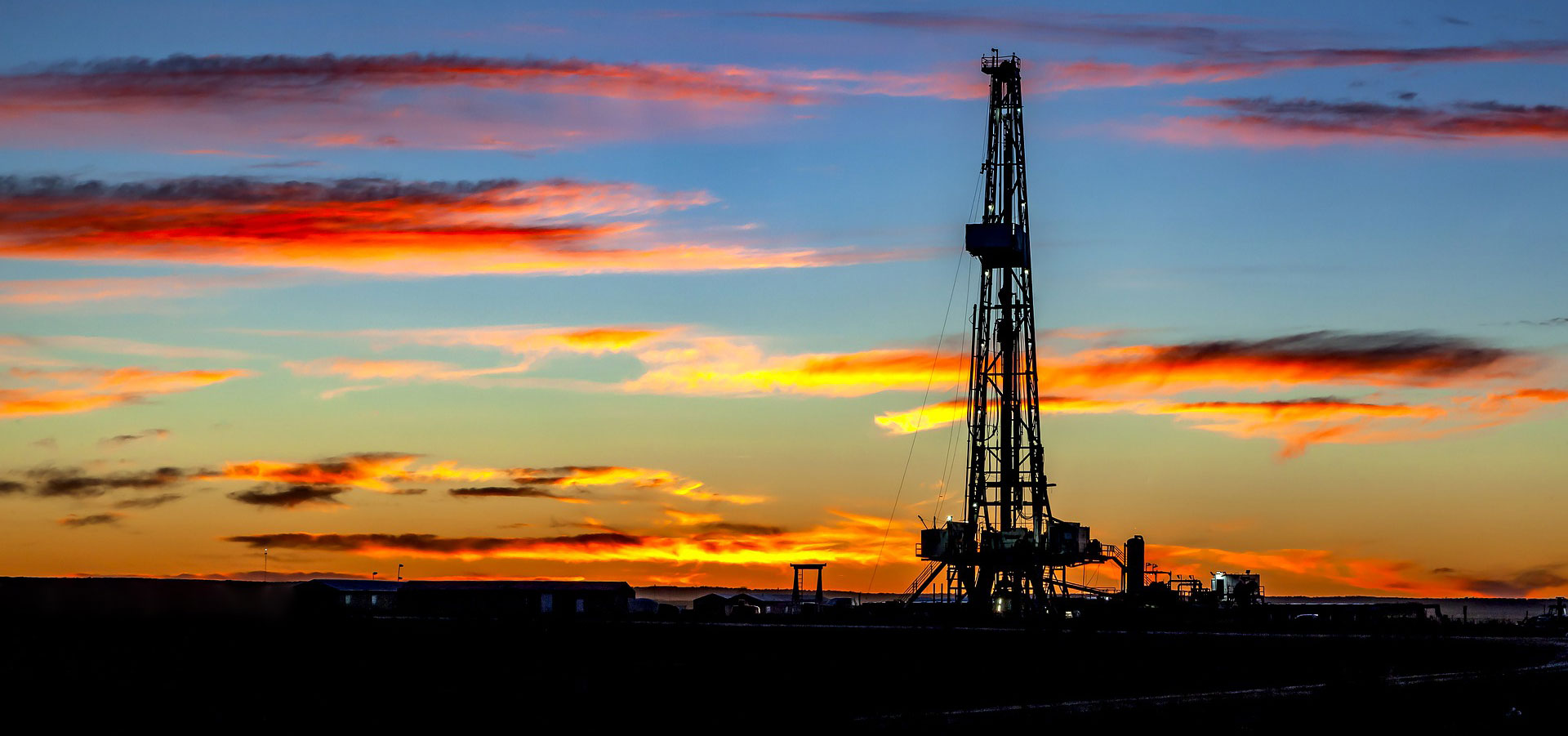It's quite a turnaround. It's less than two years since the giant Leiv Eiriksson drillship headed back out through the Bosporus after a $200 million (M) failure for Petrobras to strike commercial oil and gas off the Turkish coast.
True, there had been some modest successes in shallow offshore waters, but the prize of a giant field in the sea's vast deepwater sections had consistently proved elusive, despite efforts by a cluster of companies from one end of Turkey's 1,000-kilometer (km) coast to the other.
Now, there's not just hope, there's substance. That comes from the successful Domino-1 well drilled for ExxonMobil and Romania's Petrom at the Neptune East block, where results announced in March disclosed a 70.7m gas horizon and estimated recoverable reserves of between 1.5 and 3.0 trillion cubic feet (Tcf). This is not large by world standards, but the point is that it is considered by analysts as the precursor to finds at five nearby structures.
That's certainly the view of Mark Beacom, vice president of Sterling Resources, which made a useful gas discovery is shallow waters off Romania in 2008 and which considers the development of facilities for its own production as the basis for a larger network serving other fields as well.
In a rhetorical flourish of the kind beloved by conference openers—and Beacom was delivering the first address to the annual conference of the Balkan and Black Sea Petroleum Association last week—the Sterling vice-president began by saying: "Is the Romanian Black Sea ready for success? The answer is yes."
To Beacom, the first step is development of its own Ana and Doina discoveries. "These are ready to go," he said. "We discovered and appraised them in 2008. It's a $500 million (M) project, 10 billion cubic meters (Bcm) of gas. The concept is two platforms to serve as a hub, not just for Ana and Doina but for other projects that will come along, and a 110-km pipe back to shore."
Moreover, Beacom added, "we have other blocks to suggest there is quite a lot more production to come along."
Finding 10 Bcm of recoverable reserves is scarcely a major discovery. But Beacom noted, "We look at this and see the kind of structure that Exxon's been chasing, so we think there's a lot more there. There's a horseshoe of other concessions around us, so, from wellhead to burner tip, we are going to put in place a road map that's going to make it a lot easier for others to follow in our footsteps."
So convinced is he that development will be rapid, he even goes so far as to argue that by 2016, Romania could actually start exporting gas.
Then there's the expected tenders. Dr. Volodymyr Ignashchenko, counsellor to Ukraine's Minister of Ecology and Natural Resources and member of the country's PSA Inter-Agency Committee, told the Vienna conference that tenders for the 12,600 square km Skifska area (Ukrainian geologists have estimated recoverable reserves at 80-100 million tonnes of oil [Mtoe] equivalent there) and the 7,000 sq. km Firosa area (estimated reserves: 135-150 Mtoe) are expected in mid-June. There should be considerable interest, not least since Skifska is separated only from Neptune by a tiny strip of water that is not included in any current tender arrangements.
What's more, Ignashchenko said the PSA terms would be "very favorable," adding: "Up to 70% of the production is for compensation and of the remaining 30%, up to 80% is for the company." However, he added, "We will request a very significant signature payment, around $200M to $300M."
For its part, Bulgaria, too, already has some offshore tenders out, issued last month. Kiril Temilkov, the CEO of the country's gas transit company Bulgar TransGaz, told Platts that awards should be made sometime in June.
Hans Hutta, an academic analyst on Black Sea prospects, noted that to the south, ExxonMobil's Neptune field ran adjacent to an area of high Bulgarian prospectivity.
Just what will happen next will depend on drilling programs. But both ExxonMobil and Sterling have plans for fresh drilling in 2013 and this should help ascertain whether Purvin and Gertz, which carried out a major study in 2011 (before the Domino One discovery,) was close to the mark when it predicated the development of a Romanian offshore industry on the basis of the potential existence of a 600 Bcm offshore resource.
It's that study that prompted Beacom to argue that a 600 Bcm resource base could result over the next decade in capital expenditures of $30 billion (B) and operating expenditures of $25B, together with tax and royalty receipts of $45B.
True, Beacom went on to highlight a host of problems that have yet to be resolved, notably Bucharest's "made-in-Romania" gas price, whereby domestic gas is priced at less than a third of gas imports.
But with Romania formally committed to EU regulations to deregulate the gas industry—and because of the fact that its current stance constitutes a breach in its obligations to the IMF concerning disbursements of major IMF loans—Beacom assumes there will be major price reforms.
John Roberts
Platts

























































